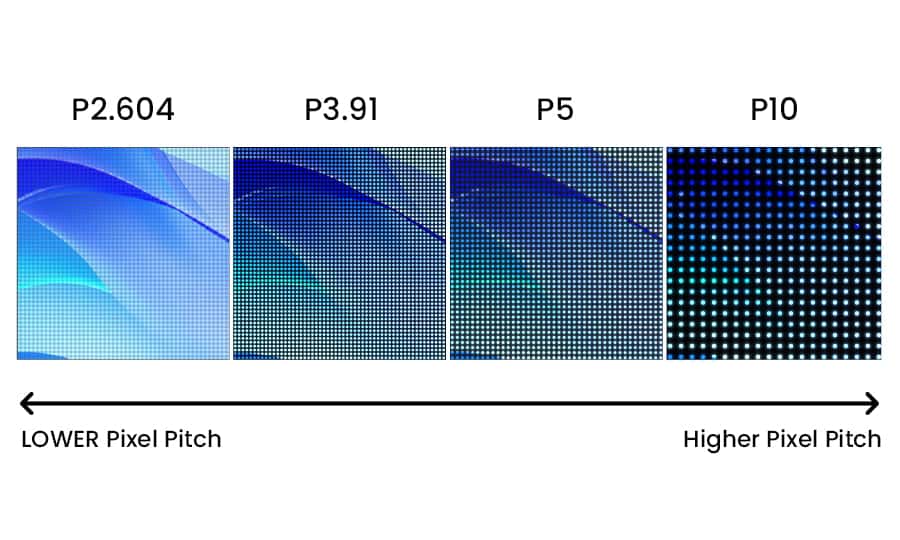
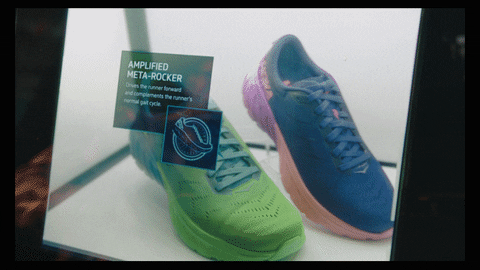
Imagine walking by a store window and seeing a luxury watch seemingly floating amid dynamic visuals that highlight its features. The effect feels like something plucked from a sci‑fi set, yet it’s very real: see‑through transparent LED displays are redefining how brands showcase products.

In this in-depth analysis, I’ll guide you through why glass LED screens and in‑glass advertising screens are cornerstones of modern product presentation. With insights from industry research, best‑practice applications, and SEO‑rich storytelling, the following exploration merges practicality with vision, with a confident tone reminiscent of Forbes feature writing.
At the core of this innovation lies a captivating blend of engineering and aesthetics. These screens, often called transparent LED video walls, embed ultra‑thin LED strips onto a glass panel. The result? A transparent layer that displays bold visuals without obstructing what’s behind it.
Each LED acts as a pixel in a grid, spaced to maintain transparency while delivering smooth imagery. Intelligent sensors and controllers optimize brightness—even in daylight—ensuring content remains visible without overpowering the physical product. This mesh-like structure also supports modular installation, allowing screens to be tailored to any retail configuration.
Thanks to energy-efficient design, these transparent LED displays consume significantly less power than conventional screens—often around 30–50% less. Their slim profiles (10–20 mm) and weight (20–30 kg/m²) make them ideal for window integration or as part of a transparent display booth at events.

Most customers walk by a retail window in less than seven seconds. This fleeting attention demands signage that’s visually arresting and memorable. Transparent LED screens answer this call with dramatic, layered digital storytelling that presents the product and the message simultaneously. Brands like Cartier and Apple have leveraged digital storefront screens to present limited-edition items in style.
A 2025 study forecasts the transparent display market will hit $2.6 billion by 2025 from just $408 million in 2020—a staggering CAGR of 44.7%. Retailers investing in luxury store digital signage frequently report 30% to 33% higher engagement and conversion rates—proof positive of technology’s ROI.
A European watchmaker installed a window display advertising screen behind their showcase. Dynamic diagrams highlighted movement mechanics while the physical piece remained behind the glass. The result was a 25% increase in foot traffic and a 20% uplift in conversion—the pinnacle of immersive product storytelling.
During a short-term brand activation, cosmetics brand Rouge Éclat used a transparent display for trade shows. Visual gradients and interactive shut-offs nature gave customers control over shade demos. The campaign resulted in a 400% ROI, calculated within six months .
An automotive showroom debuted a new electric vehicle using a transparent screen for car showroom installations. Animated overlays of battery stats and AR-enabled design highlights made the car appear to be hand‑drawn around the vehicle, creating interactive experiences that increased showroom dwell time by 30% .

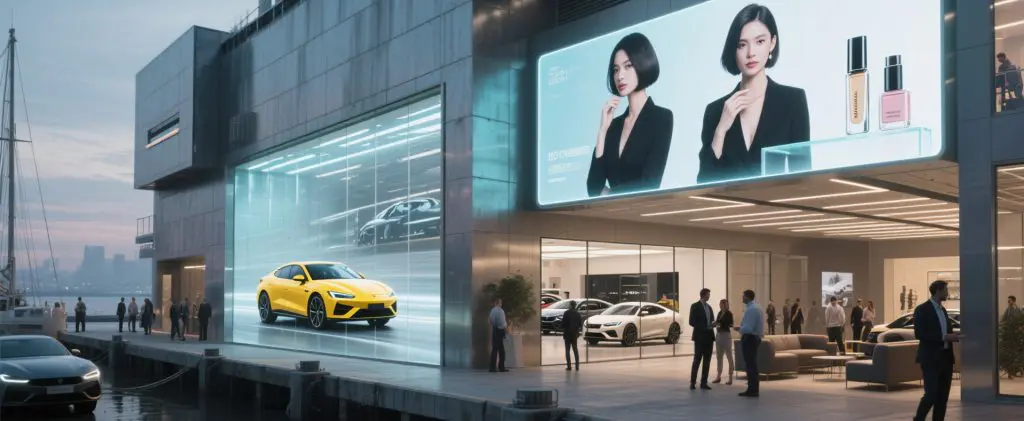
These transparent marvels offer four standout advantages:
Their ultra-modern look fuses content and carbon—but the show of artful minimalism speaks volumes. Transparent screens bring depth and elegance to any product showcase.
No bulky screens here. The display integrates effortlessly with architecture, letting natural light and product lines breathe even as visuals animate .
Consuming significantly less power than traditional displays and built for longevity (50,000–100,000 hours), these screens reduce ongoing operational costs.
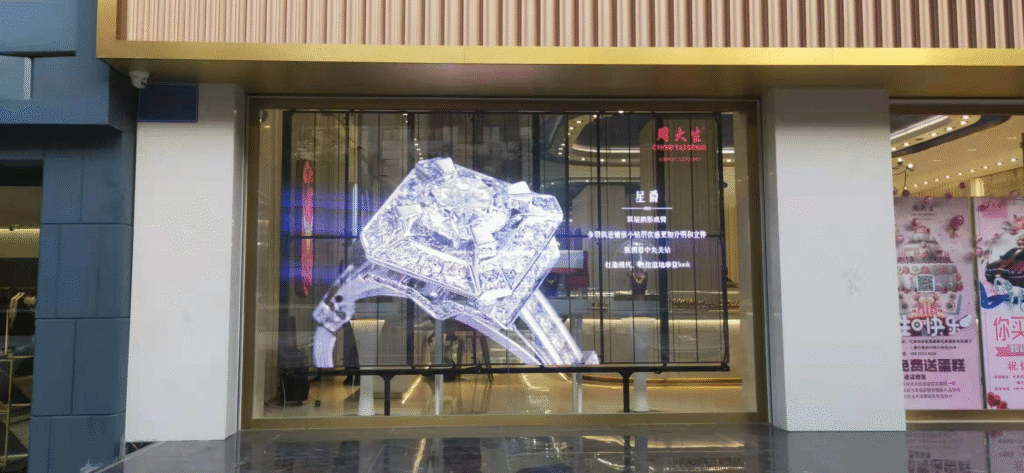
Brands switch visuals for seasonal campaigns, product demos, or real-time content. Coupled with interactive motion or touch triggers, these screens become immersive anchors of consumer curiosity.
Visual loops of 10–30 seconds with soft transitions enhance dwell time. Integrating QR codes, product specs, or interactive overlays (e.g., “Tap to See More”) boosts engagement and provides data capture opportunities .
Partner with vendors who understand transparent screen installation—especially where LA’s design codes or mall facade regulations apply. Modular panels reduce downtime and simplify maintenance.
Transparent LED screen cost remains higher than static displays, but rental and leasing options allow testing before purchase. Brands often recoup costs via increased conversions, engagement, and ad revenue.
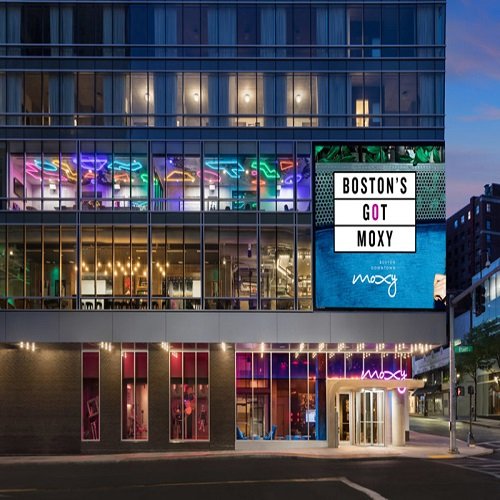

| Challenge | Solution |
|---|---|
| Daylight visibility | Use 6,500 nits high-brightness models; content in high contrast. |
| Pixel visibility | Choose finer pitches (<4 mm) to minimize grid effect . |
| Cost barrier | Experiment with leasing, staged install, or revenue-share touchpoints . |
Emerging tech is pushing boundaries even further. Transparent OLED displays offer richer color and deeper blacks, though daylight brightness remains a bottleneck in current models. Adobe’s Glasswing prototype shows how interactive smart displays may redefine product showcases. And whispers about microLED windows hint at a future where entire storefronts become interactive canvases.

From high-end retail to immersive exhibitions, see-through screens for product showcases represent more than tech trends—they’re a shift in how brands speak visually. They bring finesse, interactivity, and modularity to storytelling and commerce.
As adoption accelerates—with transparent LED displays forecast to reach $2.6 billion by 2025—it’s clear this is a strategic innovation, not a novelty. Whether you’re a luxury retailer, startup launching hardware, or experiential marketer creating moments, transparent LED and glass display technology is your next canvas.